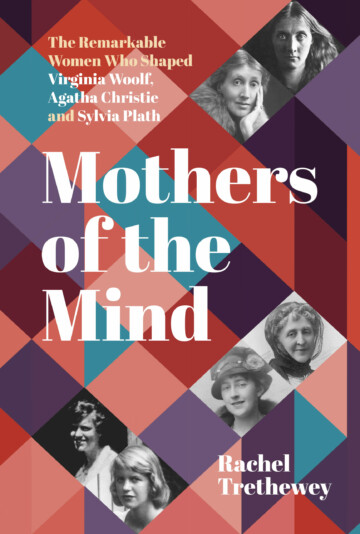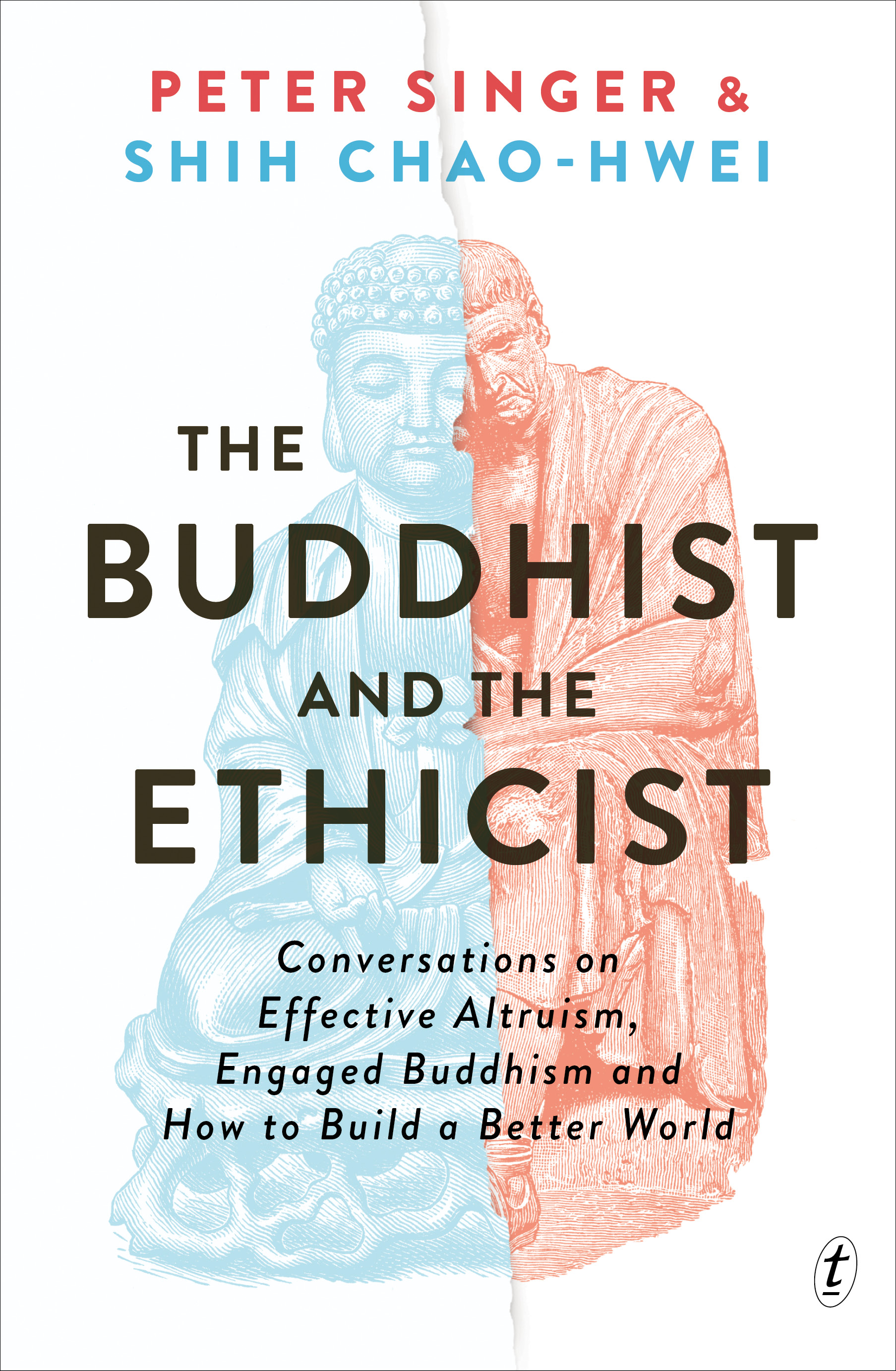'The tyranny of the literal' by James Ley
For there is always going on within us a process of formulation and interpretation whose subject matter is our own selves.
These words appear towards the end of Erich Auerbach’s study of representation in Western literature, Mimesis. First published in 1946, the book has become a classic of twentieth-century literary criticism, but is almost as famous for the circumstances under which it was composed as for its content. It was written between 1942 and 1945 in Istanbul, where Auerbach, a German Jew, was living in exile. Working without access to an adequate library, and in some cases without reliable critical editions of the works he was discussing, Auerbach was forced to rely on his prodigious erudition and to make a virtue of his uncomprehensive and subjective method. His thesis was simple. The great achievement of Western realism, he argued, was to break down the classical divisions of style. This opened up literature, gave it the freedom to represent everyday life and the concerns of ordinary people. Mimesis begins with Homer and ends with the modernists. It develops the idea that a civilisation’s capacity for depicting reality through literature is a measure of its historical consciousness. To illustrate this thesis, Auerbach begins each chapter with a long quotation, which he takes as representative of a specific development in literary technique. The quotation is then unpacked, with disarming fluency, in a long discursive essay.
The sentence reproduced above occurs in the final chapter. Auerbach is discussing the way modernist writers had begun to pay close attention to the subtleties of consciousness, depicting life as a fragmented experience lived through small but often intense moments of awareness. His examples are Virginia Woolf and Marcel Proust. He is harsh in his assessment, detecting in the modernists ‘a certain atmosphere of universal doom’ that conveys ‘an impression of hopelessness’. But there is a self-reflexive aspect to his judgment; it has a confessional quality that turns his interpretation back on itself. Auerbach was only too aware that he was writing an overview of thousands of years of European culture at a time when Europe was tearing itself apart. The harshness of his assessment, the pessimism he describes as a defining feature of early twentieth-century writers, is a by-product of his own historical situation. His interpretation thus has a fatal inevitability. The modernists’ loss of certainty is his loss of certainty. He is not giving a disinterested reading of a despairing culture; he is looking inward and feeling a personal sense of horror. Exiled in Istanbul, he is both removed from the historical moment and subject to it. This shapes his judgment at every step. ‘Mimesis,’ he was to observe in hindsight, ‘is quite consciously a book that a particular person, in a particular situation, wrote at the beginning of the 1940s.’ Even Auerbach’s panoramic vision, capable of taking in thousands of years of literary history, returns to this point of fragile subjectivity and to the awareness of its limitations.
Continue reading for only $10 per month. Subscribe and gain full access to Australian Book Review. Already a subscriber? Sign in. If you need assistance, feel free to contact us.








